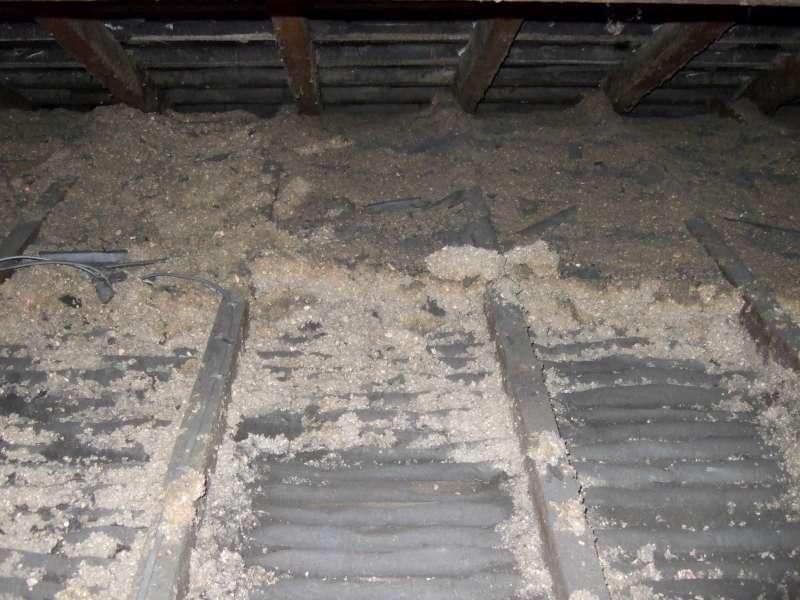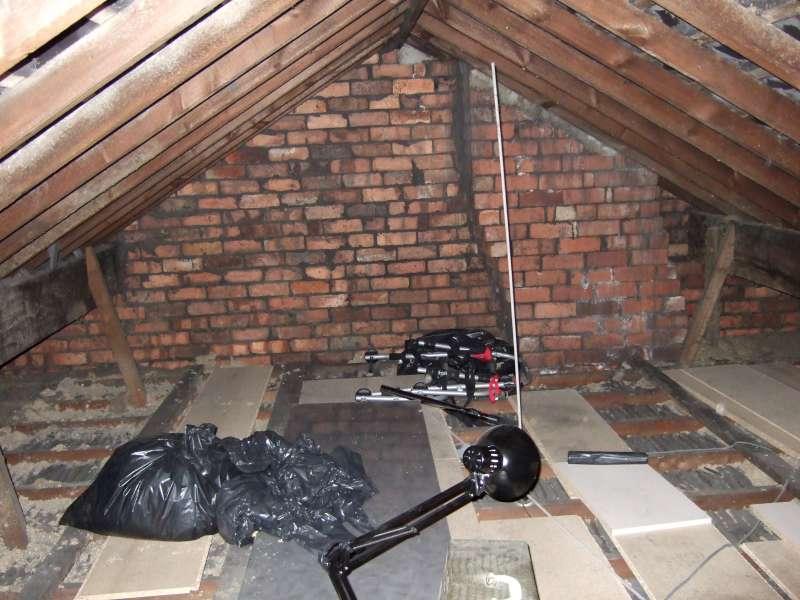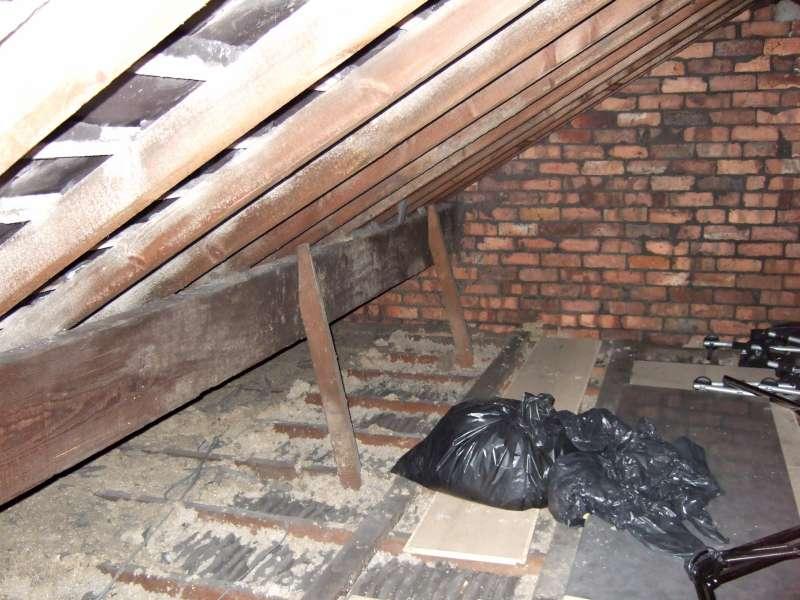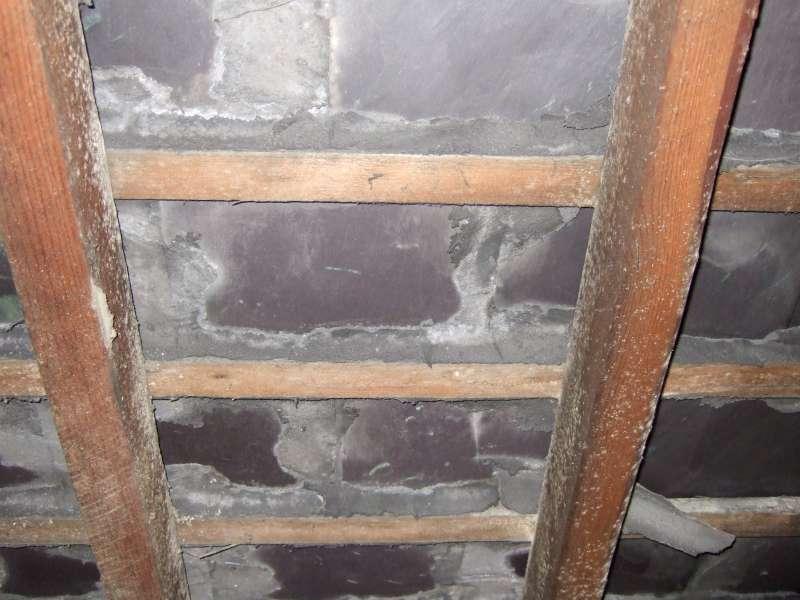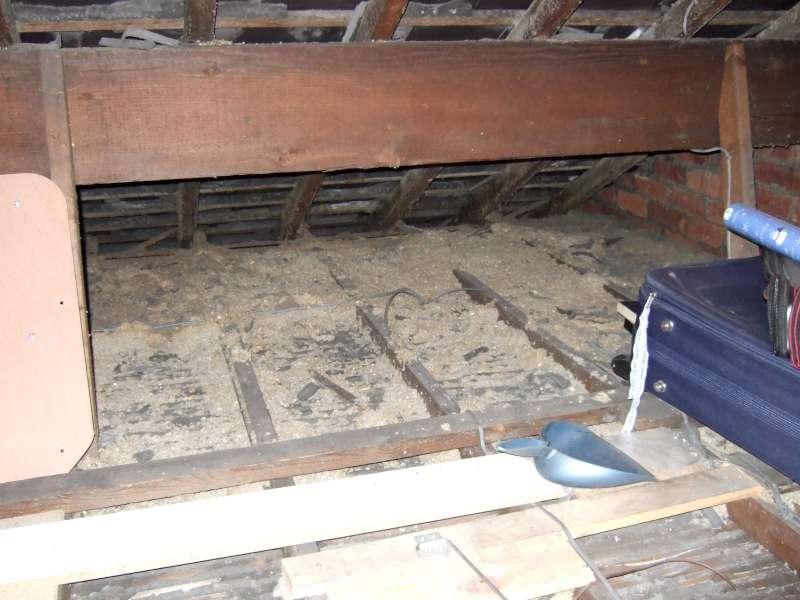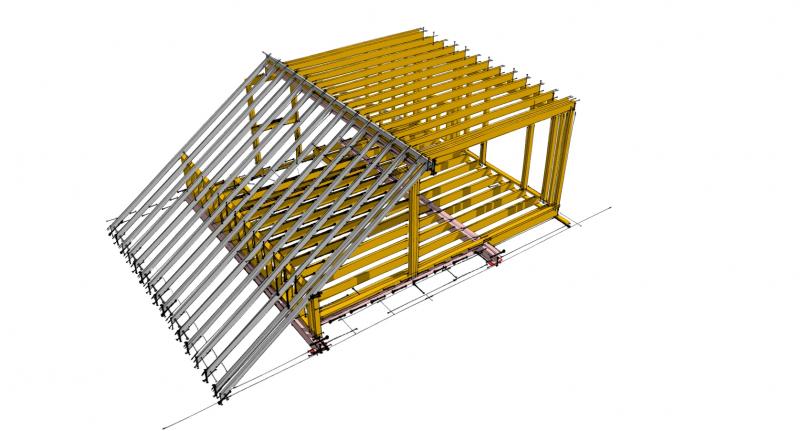Me and my wife just recently bought our first house. Only been in four months and we're looking to utilise to loft space. Really disappointed about limitations we've discovered but we're determined to make the most of it. We want to use it as an office room.
Age: 85 years old
Type: Stone end terrace.
Floor beams are 4cm x 7.5cm with 37cm space in between them.
Roof joists are 5cm x 7.5 and with 36dm space in between them
Height from the floor beams to the central roof beam is 173cm.
Purling dimensions (I'm assuming the purlings are the massive beams running along the sides) 27cm x 7.5
We realize that the height doesn't meet the regs for it to be an official room, and as it's an end terrace we can't get the roof raised. No one would be sleeping in there and it would be an office room only with one large velux. We don't care about making any kind of profit as we plan to stay here for may years and just want to max out the space potential. We can get 328cm x 400cm of useable space if we can do it, and that's not including any custom drawer space under the purlings!
The floor beams are worrying me though, as this room would be regularly used and I can't think of how on earth I could strenthen the floor beams without getting them completely replaced with bigger beams which probably isn't possible due the limitations of it being an end terrace etc..
I would really really really appreciate any advice anyone could give me on what to do. It would be a damn shame to leave it as storage only.
Age: 85 years old
Type: Stone end terrace.
Floor beams are 4cm x 7.5cm with 37cm space in between them.
Roof joists are 5cm x 7.5 and with 36dm space in between them
Height from the floor beams to the central roof beam is 173cm.
Purling dimensions (I'm assuming the purlings are the massive beams running along the sides) 27cm x 7.5
We realize that the height doesn't meet the regs for it to be an official room, and as it's an end terrace we can't get the roof raised. No one would be sleeping in there and it would be an office room only with one large velux. We don't care about making any kind of profit as we plan to stay here for may years and just want to max out the space potential. We can get 328cm x 400cm of useable space if we can do it, and that's not including any custom drawer space under the purlings!
The floor beams are worrying me though, as this room would be regularly used and I can't think of how on earth I could strenthen the floor beams without getting them completely replaced with bigger beams which probably isn't possible due the limitations of it being an end terrace etc..
I would really really really appreciate any advice anyone could give me on what to do. It would be a damn shame to leave it as storage only.
Eves
Tip for anyone clearing out insulation, get a respirator! They might cost more than the little...
Starting to clear the loft
Lots and lots of loft boards so I could finally get to the areas needed to clear out the old...
Bare Tiles
Someone told me the stuff on them is called internal pointing. Whatever it is half of it had...
Funky Loft Insulation
This stuff is awful to get up! The was either spray foam or it's just so old it's degraded...


